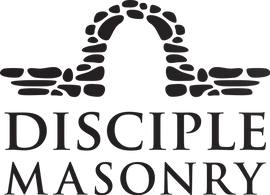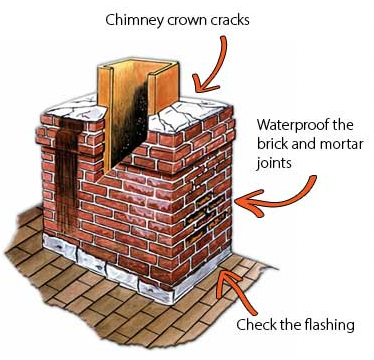Your brick chimney is not only a functional component of your home but also an architectural feature that adds character and charm. Over time, it may require repairs to ensure its structural integrity and prevent further damage. Assessing your brick chimney regularly is crucial in identifying potential issues and addressing them promptly. In this guide, we will take you through a step-by-step process to assess your brick chimney for repairs, along with important reminders to keep in mind.
Step 1: Exterior Inspection and Identifying Brick and Mortar Problems
Begin by examining the exterior of your chimney. Look for signs of mortar deterioration, such as cracks, gaps, or missing mortar joints. These issues can allow moisture to penetrate the chimney, leading to further damage. Additionally, check for loose or damaged bricks, including spalling where the face of the bricks starts to chip or peel, indicating water damage. Be on the lookout for efflorescence, a white powdery substance on the brick surface caused by salt deposits, which can signal moisture problems. Also, pay attention to leaning or bulging sections of the chimney, as these may indicate structural issues that need repair.










